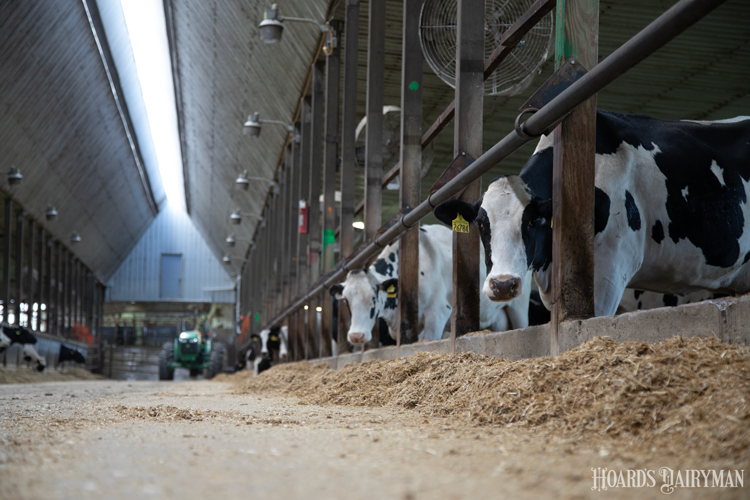
Gearheads like myself understand that horsepower and torque measure two different things. Each of these terms have meaning when projecting what a gasoline or diesel engine is capable of accomplishing. When evaluating corn hybrids or forage varieties, we need horsepower and torque measures in terms of quality and yield. In 2006, Randy Shaver and Joe Lauer from the University of Wisconsin-Madison and others brought the MILK 2006 model forth with validated milk per ton and milk per acre index measures. Nearly 20 years later, the agriculture industry still hangs onto these metrics just like we do horsepower or torque.
We have been tweaking energy models and equations over the past decade with producers and clients. For example, Iowa State’s Garland Dahlke and I have adjusted energy models to account for total tract neutral detergent fiber (NDF) digestibility and rumen starch digestibility, among other inputs and corrections. However, this was for beef applications, and as a dairy industry, we’re due for an overhaul.
The MILK 2006 model accounted for the fact that digestible fiber and starch drive silage energy and intake potential. This is still true today, but the commercial feed analysis report two decades ago was limited in fiber and starch digestibility measures. Dairy cow fiber digestibility was linked to 30-hour or 48-hour lab bench in vitro fiber digestibility, and silage starch digestibility was estimated from silage moisture content and kernel processing score. This was the best we could do at that point.
Today’s nutrition measures have advanced leaps and bounds. Our hybrid and forage ranking system needs to be beefed up like an engine in need of a supercharger, bringing in relevant nutrition analysis measures and terms. Thankfully, Cole Diepersloot has put on his mechanics gloves and is up to the challenge. Diepersloot is a graduate student under Luiz Ferraretto’s guidance at the University of Wisconsin-Madison who I’ve gotten to know a bit. Their work will prove pivotal in transitioning us to a new model with horsepower and torque on par with today’s laboratory analysis approach.
A MILK 2024 update
Following the lead of researchers before them, Diepersloot and Ferraretto have developed a new MILK model that will be built upon a robust set of equations adapted from accepted research. In 2000 and 2006, the MILK model was built upon the National Research Council’s (NRC) seventh revised edition of the Nutrient Requirements of Dairy Cattle energy model. This solid foundation was important, as the resulting MILK measures were used to assess hybrids and make many extremely valuable decisions.
Now, the NRC has evolved into the National Academies of Sciences, Engineering and Medicine (NASEM), and the Nutrient Requirements of Dairy Cattle, Eighth Revised Edition was released in 2021. Diepersloot and Ferraretto have adapted the equations researched and validated by the NASEM committee into a new MILK 2024 index for corn silage. This new MILK model will further supercharge the NASEM energy equations and adapt state of the art forage analysis inputs, such as uNDF240 and rumen starch digestibility, to separate the best hybrids from the pack.
Much like a gearhead gets excited about new engine-tuning technologies to gain horsepower or torque, folks like me are excited about this updated approach to evaluate corn hybrids for dairy producers. That’s because for every 500 cows they have, an average dairy producer spends between $250,000 and $400,000 annually on corn silage. This is a mammoth investment and one that warrants putting effort into selecting the winning strategy. The MILK 2024 model stands to substantially improve our abilities to evaluate both new hybrids and forage management programs, with dairy producer efficiency and economic performance in mind.








